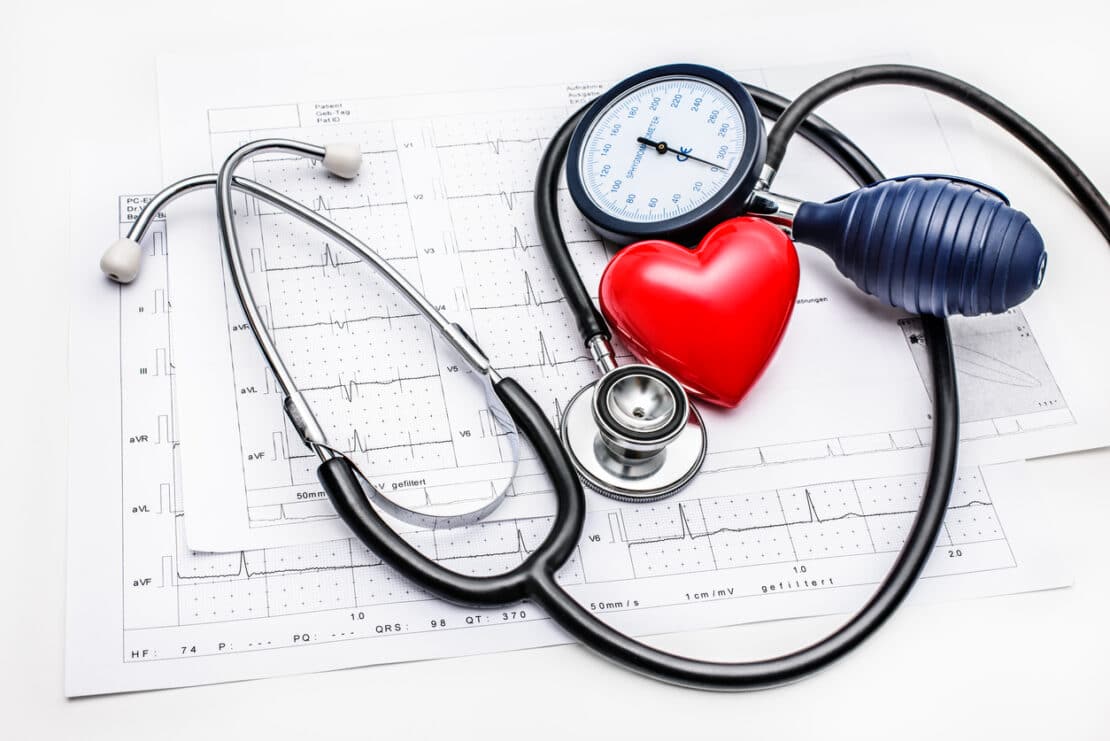When was the last time your health care provider had you sit quietly for 12 minutes before taking your blood pressure?
Probably never.
And that means your readings may be falsely high.
Following the correct procedure when taking blood pressure readings is more important than ever. That’s because a few years ago new guidelines came out on when to treat hypertension.
The rules say that anything higher than 130/80 should be treated. The previous threshold was 140/90.[1]
So if you get a falsely high reading, you could end up getting treatment you don’t need.
Dr. Paul Whelton is a heart specialist as the Tulane University School of Public Health. He says that few doctors take the time to take blood pressure readings the right way.
He likens it to a pilot skipping his safety check before takeoff. “We would be shocked if a pilot told us he was in a rush and just didn’t have the time to do it,” Dr. Whelton said.[2]
A Canadian study confirms that 20% of patients who’ve been diagnosed with high blood pressure actually don’t have it.
6 Steps to an Accurate Blood Pressure Reading
The lower guidelines mean that nearly half of American adults are now classified as having hypertension. Among people over 65, the figure jumps to 80%.[3]
You want to make sure you are not put on drugs you don’t need because your health care provider has rushed you through the blood pressure test.
Here’s a simple checklist to help ensure an accurate reading:[4]
- Do: Empty your bladder before your blood pressure is taken.
- Do: Sit in a chair, feet flat on the ground, legs uncrossed, with your back supported and without talking. Sit quietly for at least five minutes and preferably 12 minutes before you get your blood pressure measured.
- Do: Roll up your sleeve so the blood pressure cuff rests on bare skin, not clothing.
- Don’t: Exercise, consume caffeine, or smoke within 30 minutes of your test.
- Don’t: Sit or lie on the exam table. Dr. Whelton says that can result in a falsely low reading.
- Don’t: Let your arm dangle or rest in your lap during the reading. It should be supported on a surface such as a desk or chair arm.
If your pressure reads high, make sure that your provider takes a reading in the other arm to confirm it.
Get the Right Reading at Home
If you use a home monitor, be sure to check its accuracy. Recent research published in the American Journal of Hypertension found that 70% of home monitors provided inaccurate readings.
Some invalid readings are due to poor equipment. Others are caused by user error.
To get accurate readings:
- Test your monitor. Take your monitor to your next doctor’s appointment. After they take your blood pressure with their professional equipment, take a reading with your monitor. The numbers should be within five points of each other.
- Don’t use a wrist monitor. They are less accurate than models that use an arm cuff.
- Take three readings. The average of the three will be more accurate than a single reading.
- Follow the 12-minute rule. This lowers your heart rate and provides a more accurate reading.[5]
Consumer Reports tested dozens of monitors. It rated the Omron Platinum number one for accuracy, convenience, and comfort. It is widely available online and at big box retailers for about $72.
Editor’s Note: Research shows the standard heart disease treatments—stents and statin drugs—don’t prevent heart attacks. Discover what does by reading our monthly journal Independent Healing. It’s your best source for reliable, unbiased health information. Go HERE.
Related Articles
Chocolate Lowers Heart Disease Risk, Study Finds
The Fruit that Works Better than Statins
More Americans than Ever Take Statins…and the Heart Disease Epidemic Keeps Growing
[1] https://www.nytimes.com/2017/11/13/health/blood-pressure-treatment-guidelines.html
[2] https://www.npr.org/sections/health-shots/2017/11/20/564832694/odds-are-theyre-taking-your-blood-pressure-all-wrong
[3] https://www.institutefornaturalhealing.com/2017/11/lower-blood-pressure-can-lead-dementia/
[4] https://newsroom.heart.org/news/high-blood-pressure-redefined-for-first-time-in-14-years-130-is-the-new-high
[5] https://www.medscape.com/viewarticle/854500

